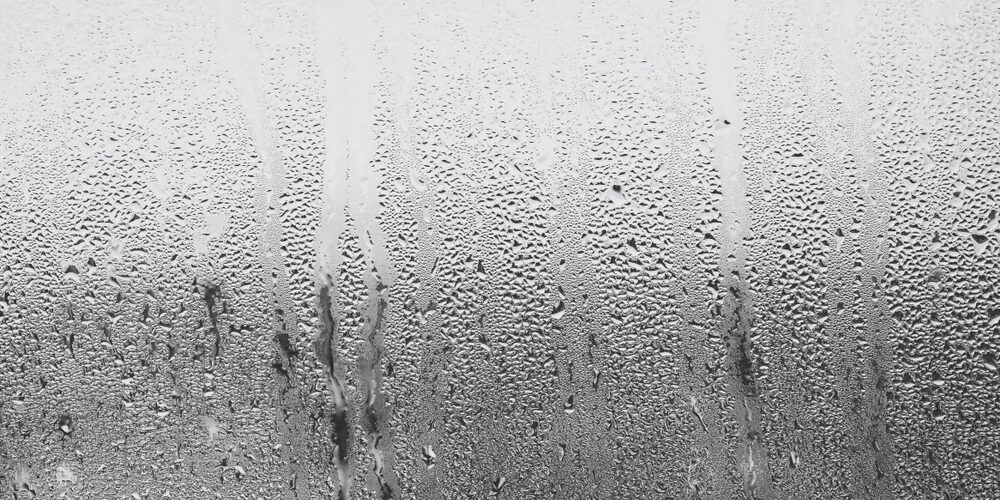Window film itself typically does not cause condensation. However, under certain conditions, condensation can occur on windows with or without window film. Condensation forms when warm, moist air comes into contact with a cold surface, causing the moisture in the air to condense into water droplets.
Here are some factors that can contribute to condensation on windows, with or without window film…
- Indoor Humidity – High indoor humidity levels increase the likelihood of condensation forming on windows, particularly during cold weather when the temperature difference between the indoor and outdoor environments is significant.
- Temperature Difference – Condensation is more likely to occur when there is a significant temperature difference between the indoor and outdoor environments. Cold outdoor temperatures combined with warm indoor temperatures can create conditions favorable for condensation.
- Poor Ventilation – Inadequate ventilation can trap moisture indoors, increasing indoor humidity levels and contributing to condensation on windows. Proper ventilation helps remove excess moisture from the air and reduces the likelihood of condensation.
- Window Type – Certain types of windows, such as single-pane windows or windows with poor insulation, are more prone to condensation than others. These windows allow more heat transfer between the indoor and outdoor environments, increasing the likelihood of condensation forming on the glass surface.
While window film itself does not cause condensation, it can exacerbate existing condensation issues if not installed properly or if installed on windows with pre-existing condensation problems. Proper installation techniques, adequate ventilation, and managing indoor humidity levels are essential for minimizing condensation on windows, regardless of whether window film is present. If condensation becomes a persistent problem, it’s advisable to consult with a professional to identify and address the underlying causes.






